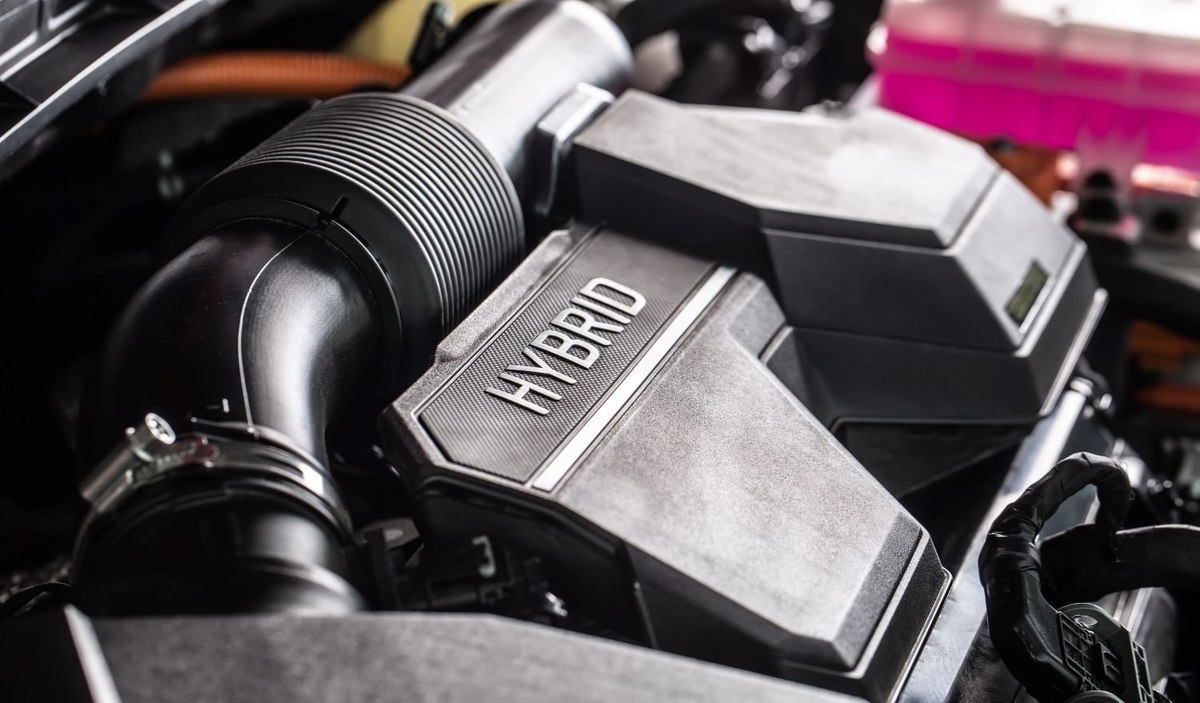
Do consumers understand the differences between different types of hybrid cars?
As the automotive industry transitions towards greener alternatives, hybrid vehicles have emerged as a crucial stepping stone between traditional internal combustion engine (ICE) cars and fully electric vehicles (EVs). But how well do consumers understand the different types of hybrid cars, and which ones are they most familiar with?
Hybrid Cars in the Purchase Consideration Set
Hybrid vehicles are a popular choice among prospective car buyers. According to recent YouGov poll, 46% of respondents indicated that they would consider purchasing a hybrid car for their next vehicle. This share is significant but still trails behind petrol vehicles, which remain the most commonly considered option at 61%. Meanwhile, 30% of consumers are considering fully electric cars, reflecting growing interest in EVs despite infrastructure and range concerns.
Consumer Understanding of Hybrid Vehicle Types
Despite the rising popularity of hybrid cars, consumer understanding of the different types remains mixed. Only 43% of respondents stated that they fully understand the differences between the various types of hybrid vehicles. Meanwhile, 44% said they have a general idea but lack detailed knowledge, and 12% admitted they do not understand the differences at all. A small portion (1%) were unsure.
Familiarity with Different Hybrid Vehicle Types
When it comes to specific types of hybrid vehicles, familiarity levels vary:
- Full Hybrid (HEV): 22% of respondents are very familiar, while 46% are somewhat familiar. However, 20% are not very familiar, and 11% are not at all familiar.
- Plug-in Hybrid (PHEV): 22% of respondents are very familiar, with 51% somewhat familiar. A smaller portion (16%) are not very familiar, while 9% are not at all familiar.
- Mild Hybrid (MHEV): The least familiar type, with only 15% very amiliar and 31% somewhat familiar. A significant portion (30%) are not very familiar, and 21% are not at all familiar.
These figures suggest that while full and plug-in hybrids are relatively well-known, mild hybrids remain a lesser-understood category among consumers.
The Role of Hybrid Vehicles in the Transition to Zero-Emission Cars
Hybrid vehicles are playing an essential role in the transition towards fully electric cars, especially as governments work towards phasing out ICE vehicles. Awareness of regulatory timelines is crucial in shaping purchasing decisions. When asked about the UK government’s deadline to phase out the sale of new petrol and diesel vehicles, responses varied:
- 43% correctly identified 2030 as the deadline.
- 30% believed the deadline was 2035, which is actually the currently slated deadline for phasing out hybrid cars.
- 5% thought it was 2040, and 2% assumed it was 2045.
- 20% were unsure.
This indicates that while many consumers are aware of the impending phase-out, there is still a considerable gap in knowledge that could impact buying behavior.
Conclusion
Hybrid vehicles are a significant part of the automotive landscape, with nearly half of prospective buyers considering them. However, a substantial chunk of prospective car buyers lack a comprehensive understanding of the differences between hybrid types, which could affect their purchasing decisions. Full and plug-in hybrids are relatively well-known, while mild hybrids remain less familiar. As governments push towards stricter emissions regulations and phase out ICE vehicles, improving consumer awareness and education on hybrid technologies will be crucial in ensuring a smooth transition to a more sustainable future.